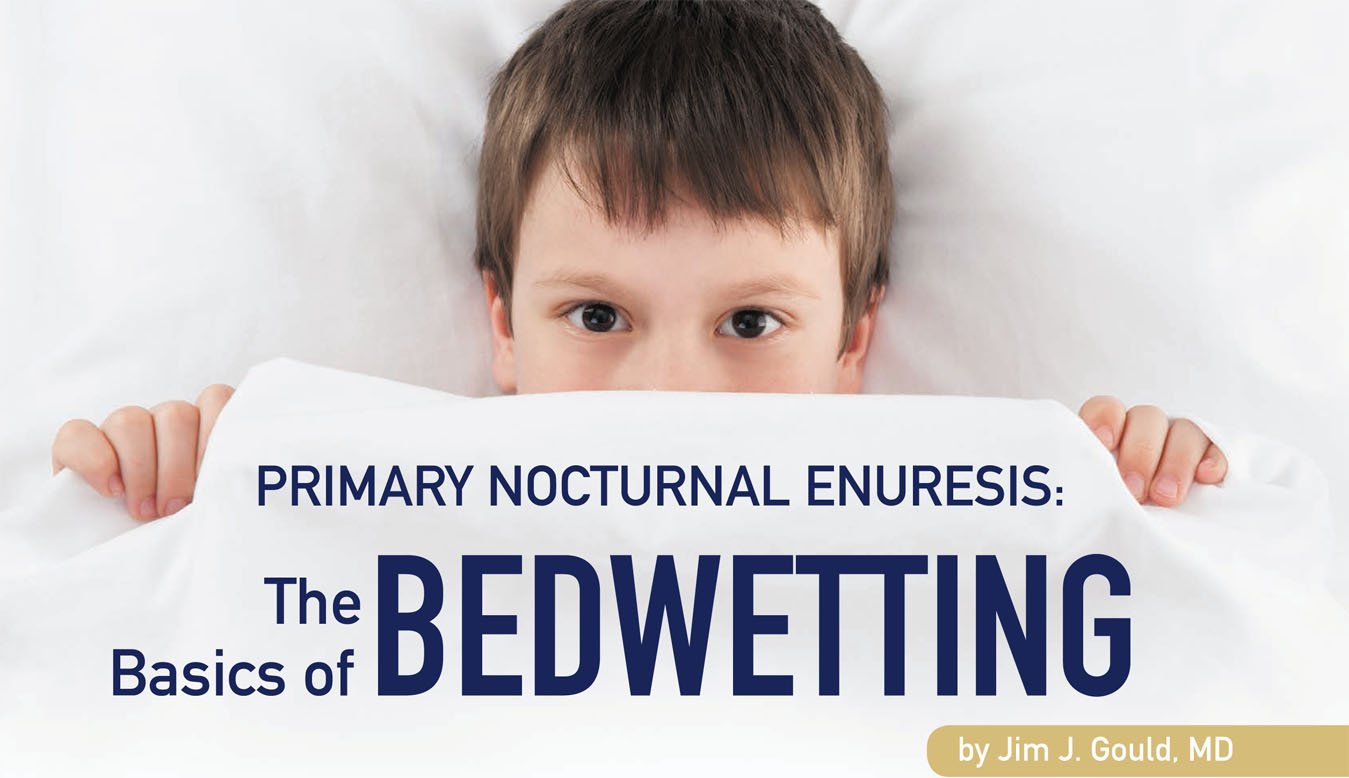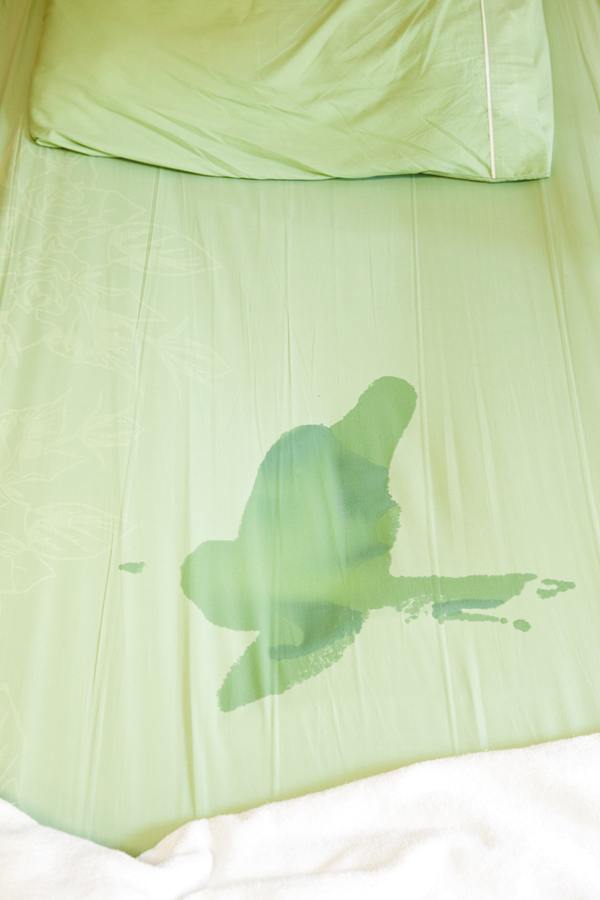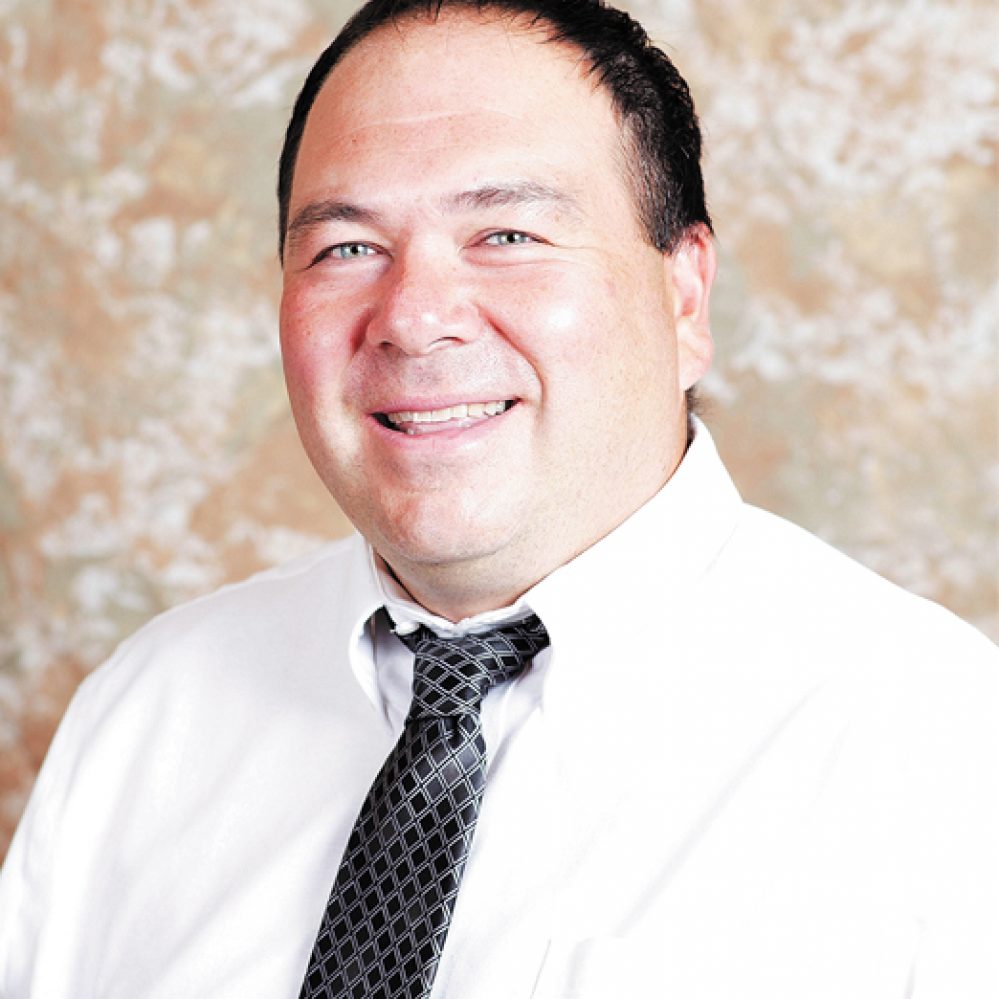
rimary nocturnal enuresis (PNE) is a common pediatric condition that, in some cases, can lead to emotional distress, increased family distress, and lowering of the child’s self-esteem. It is estimated that 5-7 million children have this condition, with a higher percentage being boys than girls. Studies show that genetic factors play a significant role along with multiple physiological causes. Typically your healthcare provider will be able to diagnose PNE with a good history, physical and urinalysis. The following article will discuss the contributing factors to this condition, the evaluation of PNE, and options for treatments. For parents, it is important to know that PNE is not in the control of the child or teen. Please join us for this discussion and contact us with any questions you may have.
In the last paragraph change the fix the misspelling of condition.
PNE is a common pediatric condition.

Genetic factors play a significant role in PNE. Studies have shown that there is a 77% chance of PNE in a child if both parents have a past history. If one parent has a history of PNE, the number drops to 44%. There seems to be a higher risk for children when a father has a history of PNE as opposed to the mother. I encourage parents to let their children know if there are other family members with PNE. This can decrease the sense of isolation that some children feel when they have this condition.
There are multiple physiological factors that experts believe contribute to PNE. The proposed mechanisms for PNE include: high nighttime urine output, bladder overactivity, and failure of the child to awaken to the sensation of a full bladder. No one theory seems to adequately explain the cause of PNE for all children.
Typically your health care provider will be able to diagnose PNE based on a good history, complete physical exam, and and urinalysis (to rule out other causes). Health care providers may need to ask about: the pres- ence of daytime wetting, the effects of the bedwetting on the child’s quality of life, bowel movement history, frequency of bedwetting, dietary/fluid intake, past medical history, medication history, family history, urinary tract infection history, presence of absence of other daytime symptoms (urinary frequency, urgency), and sleep disturbances.
There are several approaches to the treatment of PNE. The approach that is used will depend on several factors: the effect of the bedwetting on the child’s quality of life (emotional stress, self-esteem), parental expectations for treatment, and the patience and motivation of the family in addressing this problem. The management options for PNE include: observation, medications, and alarm system. It is important that the family knows that there is

a 15% annual resolution rate for PNE even without any interventions. For families that are willing to be patient, who have younger children, and who have children that do not seem to be emotionally affected by the PNE, this may be the best option. Imipramine and DDAVP are two medications used to treat PNE. I personally use much more of the DDAVP in my practice because of the pres- ence of fewer side effects. Both of these medications are effective in the treatment of PNE but do not address the underlying physiological issues that cause PNE to persist. Thus, when the child discontinues the medication, the child typically reverts back to the level of bedwetting that was occurring previously. The medication option may be particularly useful in the case of children wanting to have sleepovers or for children attending overnight camps. The “bedwetting alarm” is a proactive approach that, if used appropriately, has been found to decrease the frequency of bedwetting in a majority of children long term. A re- view of the medical literature found that at 10-20 weeks of regular alarm use, 66% had maintained 14 consecutive dry nights. The effectiveness of the alarm, however, depends on active involvement by the child’s parents. If the child is not waking up to the alarm, the parents will need to wake them up. This may cause increased stress in the family and can be difficult if the child shares a room with a sibling. In parents that are willing to follow through with the alarm system recommendations, this can be an effective treatment option.
PNE is a common pediatric conditon that, in some cases, can lead to emotional distress, increased family dis- tress, and lowering of the child’s self-esteem. For parents, it is important to know that PNE is not in the control of the child or teen. One study found that 23–36% of parents had used punishement as their primary means of dealing with PNE. Punishement of the child or teen should not be a part of the approach to treatment. Parents should speak to their child’s medical provider if they have concerns about this condition.



